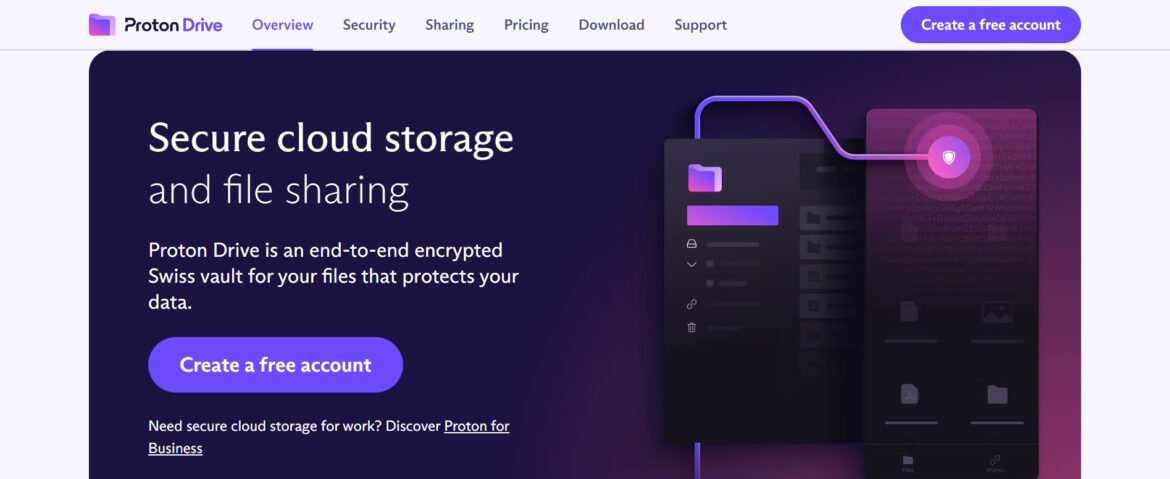On Thursday, US president Donald Trump signed an executive order to transfer ownership of TikTok’s US operation to a group of American investors, including Oracle cofounder Larry Ellison.
“I had a very good talk with president Xi. We talked about TikTok. He gave us the go-ahead,” Trump said during a White House press conference. He conceded that he’d gotten a bit of resistance from the “Chinese side.” By Thursday afternoon, the Chinese government had not issued an announcement acknowledging the deal.
Vice President JD Vance said the deal valued TikTok at around $14 billion. ByteDance was valued at $330 billion as of August. Both Trump and his treasury secretary, Scott Bessent, credited Vance as playing a pivotal role in brokering the agreement.
Larry Ellison, Michael Dell, and Rupert Murdoch are among the “four or five” American investors who will take over TikTok’s US operations, according to Trump. “Oracle is playing a very big part,” he said at the press conference. Vance noted the full list of investors will be released in the “days to come.”
Details of the deal are still unknown. “What this deal ensures is that the American entity and the American investors will actually control the algorithm,” Vance said during the briefing. “We don’t want this used as a propaganda tool by any foreign government.”
It’s unclear if ByteDance would remain in any way responsible for the operation of TikTok in the US. Up to this point, TikTok has been betting on Project Texas, a system designed to separate the data access of US- and China-based employees, to soothe national security concerns. But a global platform like TikTok inevitably requires different departments and geographical branches to access data from each other, making a clean separation unlikely. For many in Congress and in Washington more broadly, any ByteDance involvement in the new US TikTok would violate the law. On the flip side, if licensing essentially amounts to buying a copy of the ByteDance source code, it’s hard not to see that as a violation of Chinese law.
It’s also unclear whether US users will now be forced to migrate to a new app, and whether they’ll be served different content than TikTok users in the rest of the world.
White House press secretary Karoline Leavitt said on Monday that there would be no difference. But even if the pool of content being posted to the platform is the same, changes to the recommendation algorithm would inherently mean that users see different things. TikTok was one of the first social networks in which the content algorithm overwhelmingly decides a user’s experience, unlike previous platforms that prioritize personal connections and self-labeled interests. It means users have less control over what they see on their For You page.
There are widespread concerns that the Trump administration is willing to weaponize its allies’ control of media and social media to censor content it doesn’t favor. Larry Ellison, the Oracle founder who will have a significant role in the new TikTok entity, has close ties to the Trump administration. CBS, which is now owned by his son David Ellison’s Paramount Skydance Corporation, recently canceled The Late Show, whose host, Stephen Colbert, is a frequent Trump critic.
Asked by a reporter on Thursday if the deal would mean more MAGA content on TikTok, Trump responded, “If I could, I’d make the algorithm 100 percent MAGA related. But it’s not going to work out that way unfortunately. Everyone’s going to be treated fairly.”






